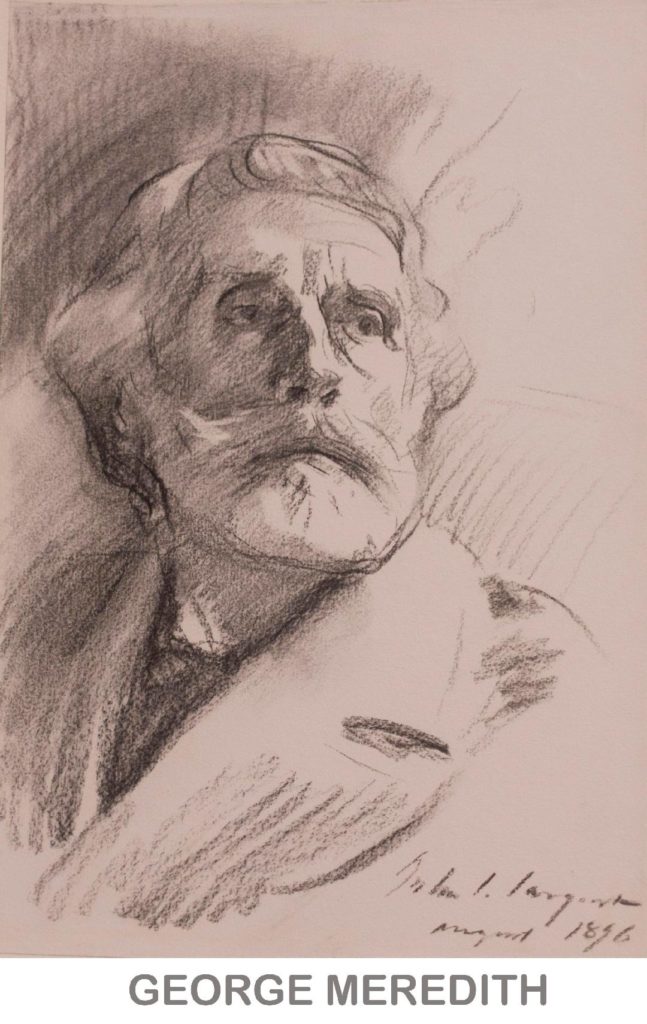 Last winter The Morgan Library offered an opportunity to see the results of a master craftsman at work. It was remarkable to be able to see everything – from Sargent with all his flourishes at his grandiose best, to Sargent the insightful portraitist, to Sargent the hack just doing the job he’s been paid to do. All of these versions of Sargent’s charcoal drawings were spread across several galleries.
Last winter The Morgan Library offered an opportunity to see the results of a master craftsman at work. It was remarkable to be able to see everything – from Sargent with all his flourishes at his grandiose best, to Sargent the insightful portraitist, to Sargent the hack just doing the job he’s been paid to do. All of these versions of Sargent’s charcoal drawings were spread across several galleries.
The drawing of George Meredith was the most instructive of the drawings, where it was easiest to see how Sargent worked. Everything Sargent did is still clearly visible – he mostly stuck with the lines and tones which he originally laid down, not obscuring them with further work. It’s similar to the old exercise of doing a painting with seven strokes of the brush. The artist must pre-plan (thought of as the artist’s style), using intuitive choices along the way.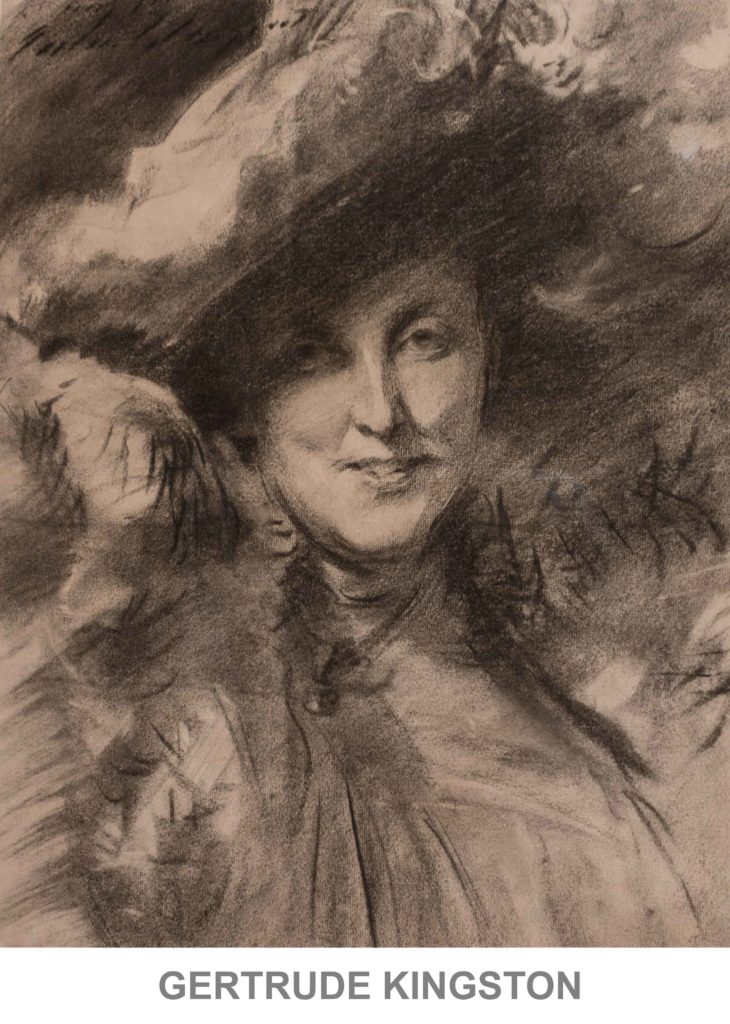
The portrait of Gertrude Kingston was Sargent at his most flamboyant. Mentally, one could see this charcoal drawing as a portrait in oil. One could feel that famous, unhesitating, sweeping Sargent stroke of the brush. Indeed, it’s more luxurious to see that stroke in a drawing, than in an oil. When using oil paint as his medium, Sargent would survey his day’s work, and, if dissatisfied, he’d wipe it all off and start afresh the next day. Thus, in one of his paintings, that stroke we all admire could have been the result of a dozen or thirty attempts. In a charcoal drawing, no such complete wipeout is possible. When a line/stroke is laid down it’s final.
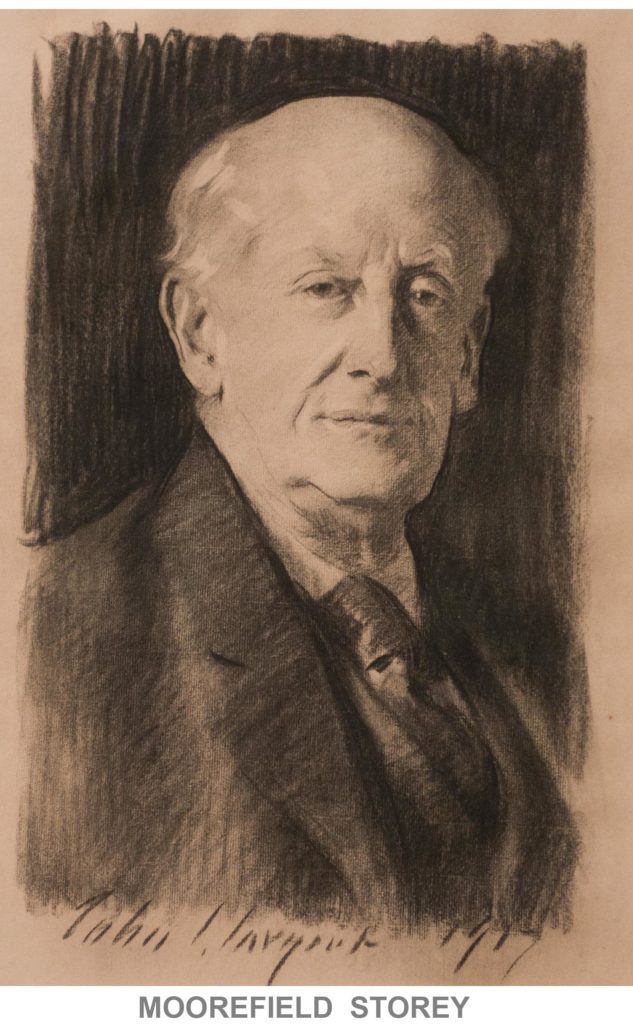
My favorite drawing was the one of Moorefield Storey. The drawing caught me unawares: the character that radiates from the drawing was as mesmerizing as the drawing itself. Storey was one of the original civil rights lawyers becoming ahead of the in NAACP in 1910.
Every artist has their share of work that misses the mark. I always study both the successful and the un-successful, since the latter teaches me about what doesn’t work, what not to do. However, I am going to leave all these Sargent’s drawings on the uptick.


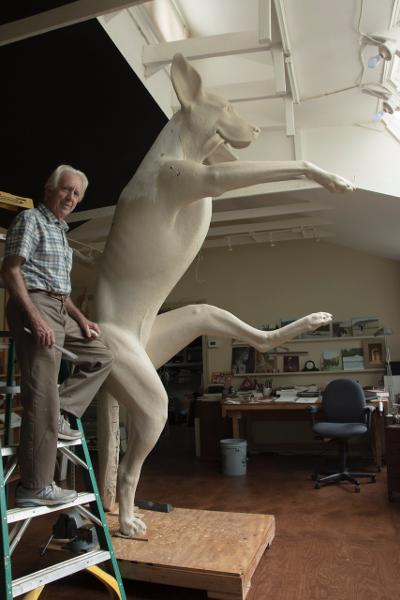
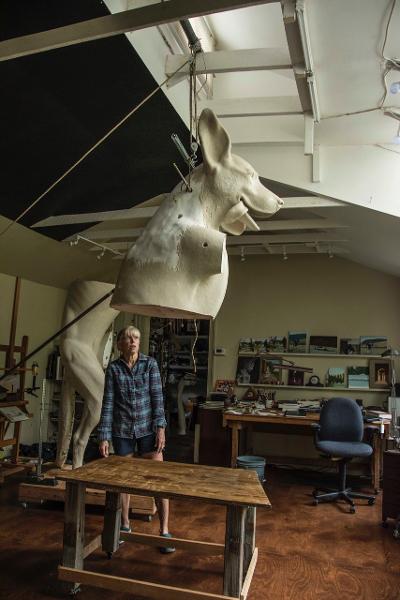
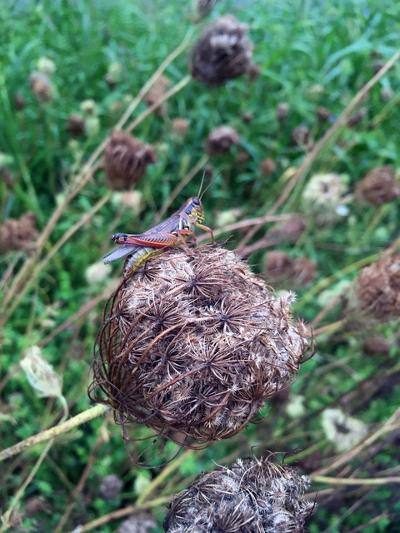

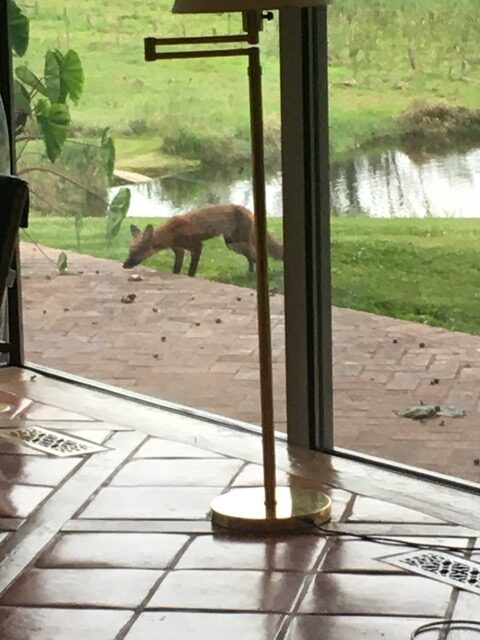
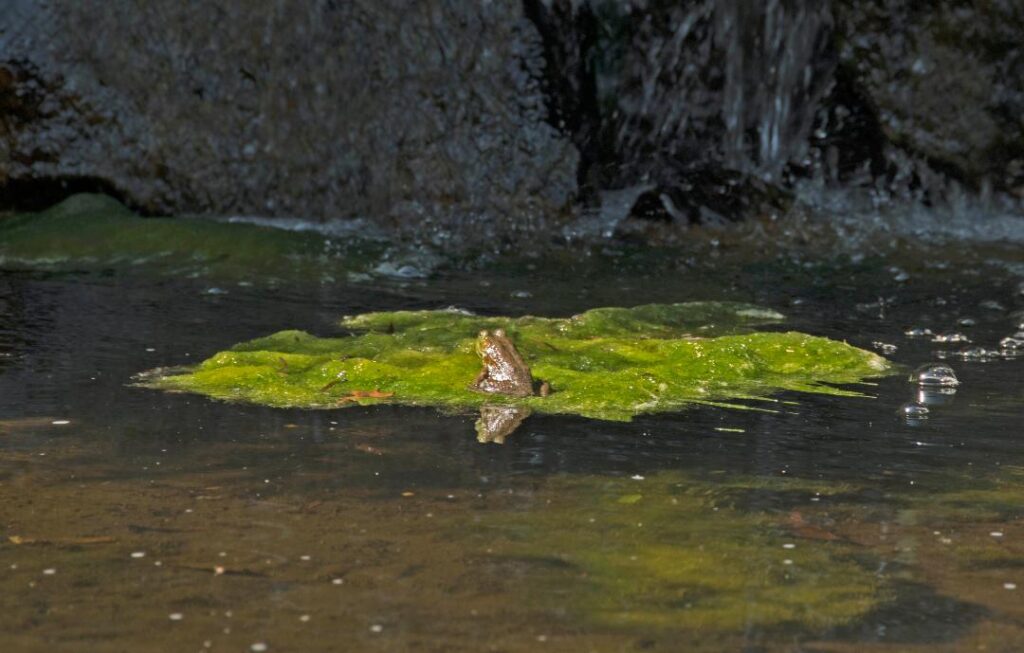
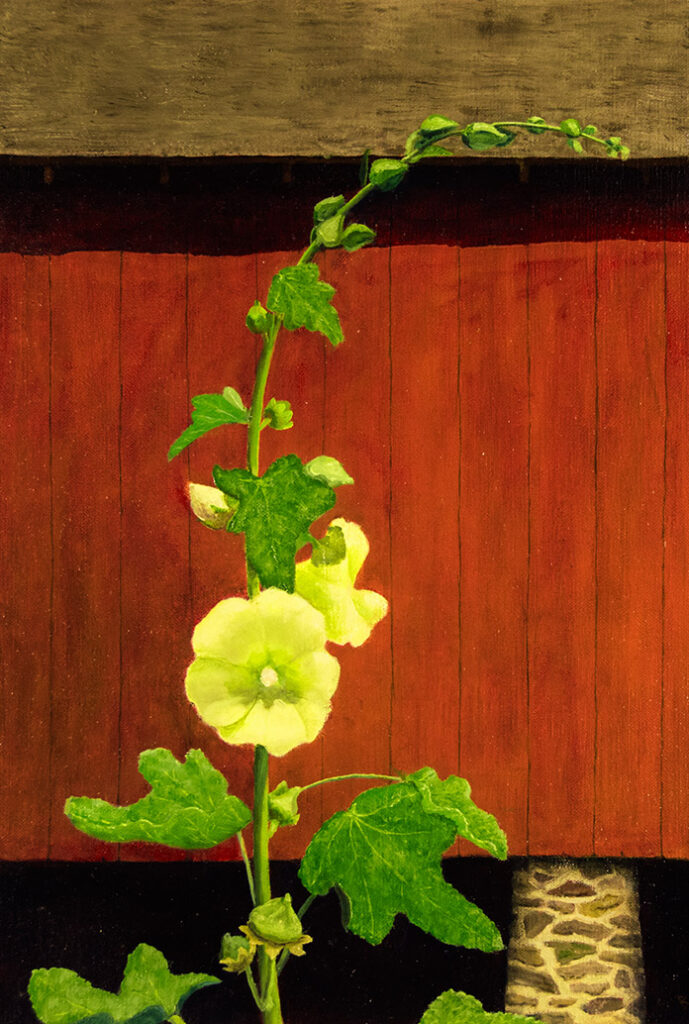
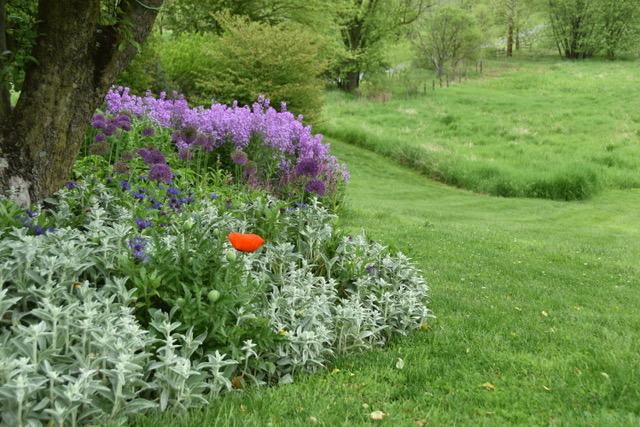


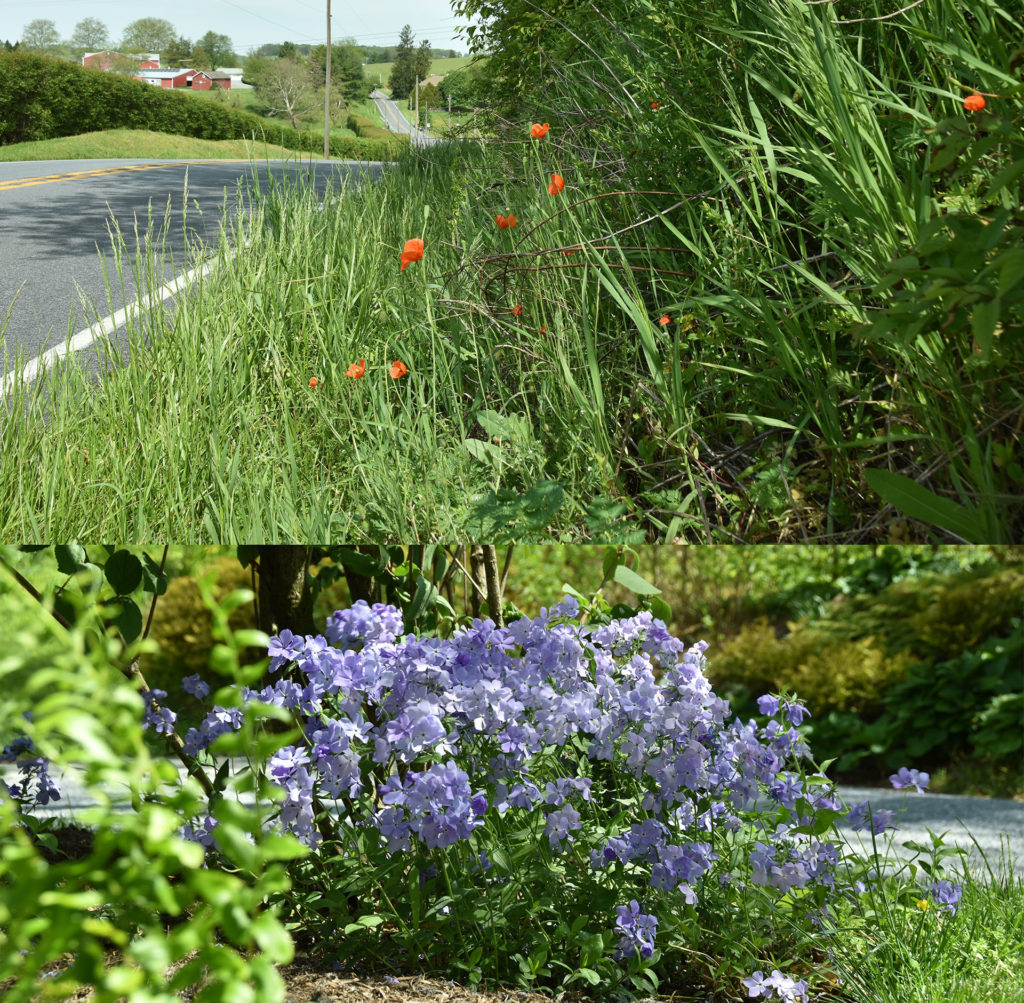
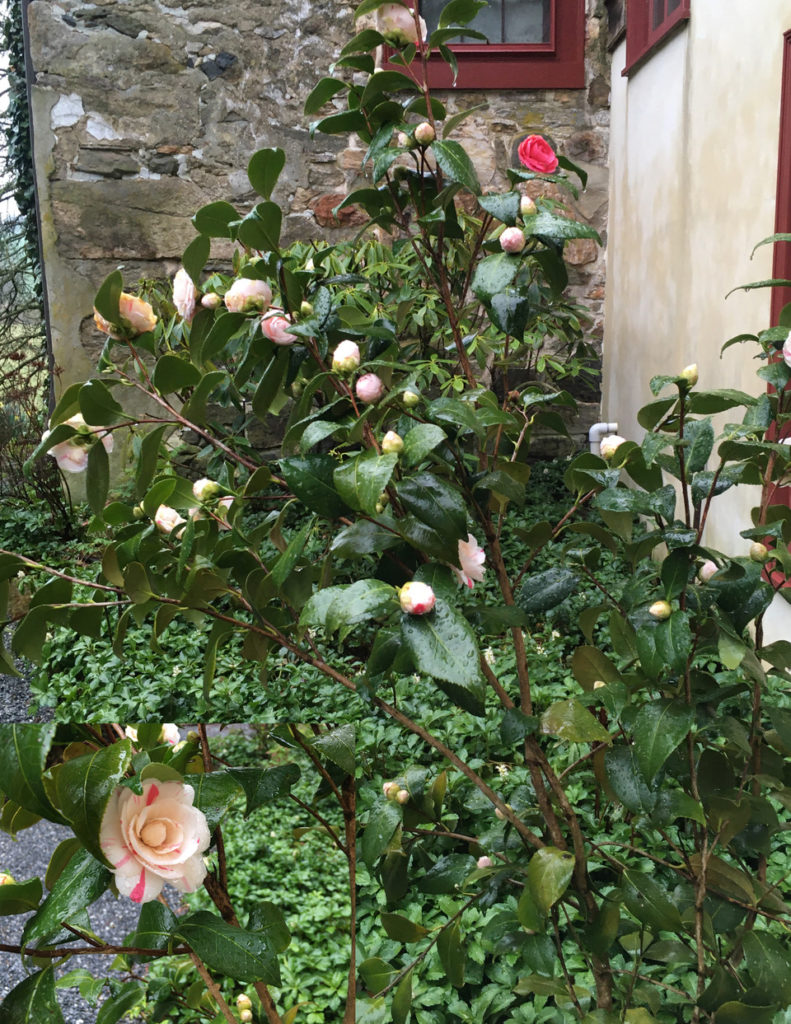
 Last winter The Morgan Library offered an opportunity to see the results of a master craftsman at work. It was remarkable to be able to see everything – from Sargent with all his flourishes at his grandiose best, to Sargent the insightful portraitist, to Sargent the hack just doing the job he’s been paid to do. All of these versions of Sargent’s charcoal drawings were spread across several galleries.
Last winter The Morgan Library offered an opportunity to see the results of a master craftsman at work. It was remarkable to be able to see everything – from Sargent with all his flourishes at his grandiose best, to Sargent the insightful portraitist, to Sargent the hack just doing the job he’s been paid to do. All of these versions of Sargent’s charcoal drawings were spread across several galleries.
